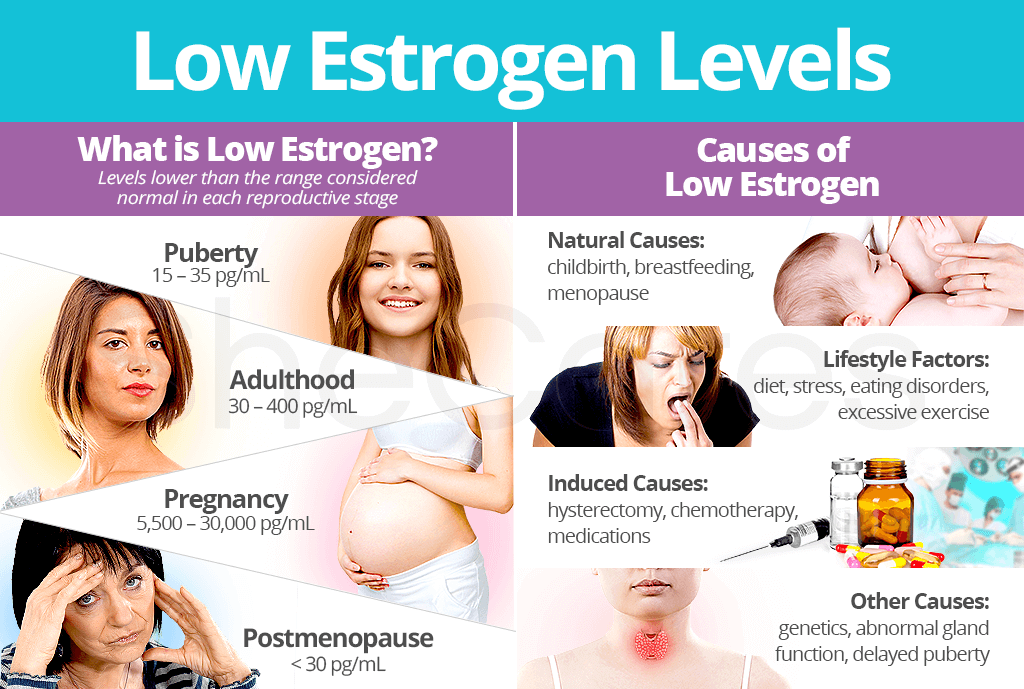Causes of acquired growth hormone deficiency
by Admin
Posted on 21-03-2023 01:06 AM
Ghd arises when the anterior pituitary gland does not release enough growth hormone. The anterior pituitary gland is part of the
, which is a crucial gland because it produces many hormones. Learn how the pituitary gland works with the hypothalamus here. In some cases , children are born with ghd, but others may acquire it during childhood. Adult-onset ghd is always acquired.
 In both children and adults, the cause is not always known.
In both children and adults, the cause is not always known.
Gh tests are used to diagnose gh disorders,. In adults increasing HGH levels improves libido among many other things. : HGH deficiencies don't only affect adults. It has detrimental effects for children as well. gh deficiency. In children, gh is essential for normal growth and development. A gh deficiency can cause a child to grow more slowly and be much shorter than children of the same age. In adults, gh deficiency can lead to low bone density and reduced muscle mass. Gigantism. This is a rare childhood disorder that causes the body to produce too much gh. Children with gigantism are very tall for their age and have large hands and feet. Acromegaly. This disorder, which affects adults, causes the body to produce too much growth hormone.
GHD diagnostic tests for children
Ali o. Hyperpituitarism, tall stature, and overgrowth syndromes. In: kliegman rm, stanton bf, st. Geme jw, schor nf, eds. Nelson textbook of pediatrics.
20th ed. Philadelphia, pa: elsevier; 2016:chap 560. Chernecky cc, berger bj. Growth hormone (somatotropin, gh) and growth hormone–releasing hormone (ghrh) - blood. In: chernecky cc, berger bj, eds. Laboratory tests and diagnostic procedures. 6th ed. Philadelphia, pa: elsevier; 2013:599-600. Cooke dw, divall sa, radovick s. Normal and aberrant growth in children. In: melmed s, polonsky ks, larsen pr, kronenberg hm, eds. Williams textbook of endocrinology. 13th ed. Philadelphia, pa: elsevier; 2016:chap 24.
Ghd is a rare disorder with a prevalence of approximately 1 in 4000 during childhood (murray, dattani, & clayton, 2015). Accurate diagnosis allows efficacious treatment with gh in these patients, while a false-positive diagnosis may result in many years of daily subcutaneous injections, significant superfluous expenditure, and unnecessary exposure to potential adverse effects (murray, dattani, et al. , 2015). Currently, there is no “gold-standard” for the biochemical diagnosis of ghd in childhood; the diagnosis is a multifaceted process requiring comprehensive clinical and auxological assessment, combined with biochemical tests of the gh–igf axis and imaging of the hypothalamo-pituitary area (hokken-koelega, 2011; murray, dattani, et al.
These are some of the common symptoms of ghd in adults: a decrease in muscle strength and mass an increase of fat in the body, especially in the waist and abdominal area low energy levels high levels of ldl or bad cholesterol brittle bones insulin resistance to get diagnosed, talk to your primary healthcare provider. A common diagnostic test is an insulin tolerance test that involves an insulin injection to lower blood sugar levels. The body counts this as a moment of stress and reacts by naturally releasing growth hormones. If an inadequate amount of growth hormones are produced, this confirms ghd. Alternative diagnostic tests involve the use of glucagon or arginine in place of insulin.
Growth hormone deficiency (ghd) is a rare disorder characterized by low secretion of growth hormone (gh) from the pituitary gland. Childhood-onset ghd (coghd) is most commonly idiopathic and hypothalamic in origin; secondary causes of coghd include genetic variants, brain structural defects, and acquired causes. Coghd is associated with delayed growth or growth deceleration and short stature. Adult-onset ghd (aoghd) is most commonly caused by hypothalamic-pituitary tumors and their treatment; other causes include traumatic brain injury, subarachnoid hemorrhage, ischemic stroke, and central nervous system infections. Aoghd is associated with significant adverse metabolic abnormalities, reduced quality of life, and potentially, early mortality.